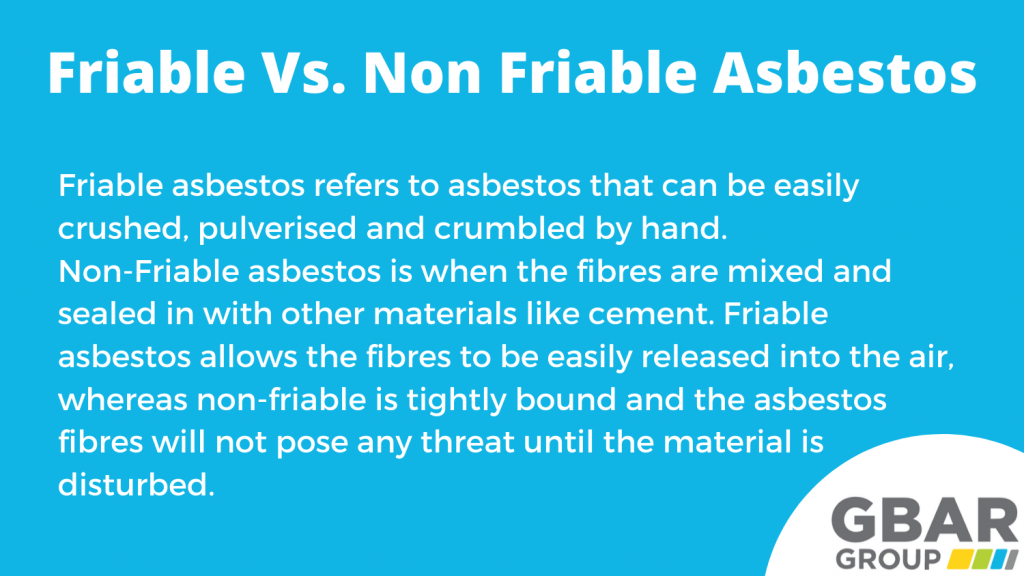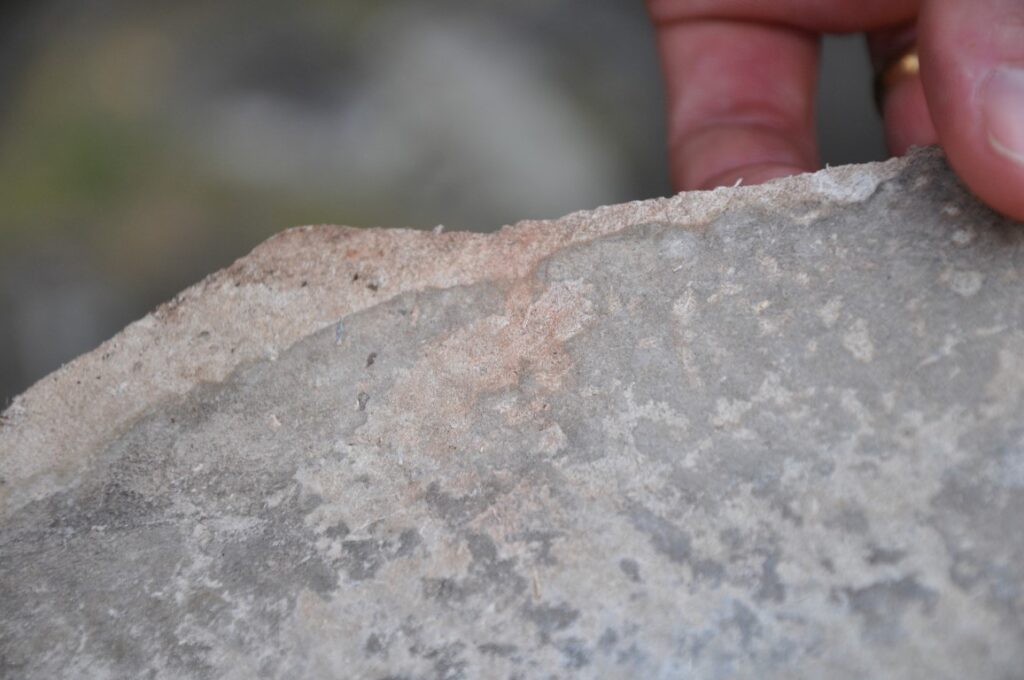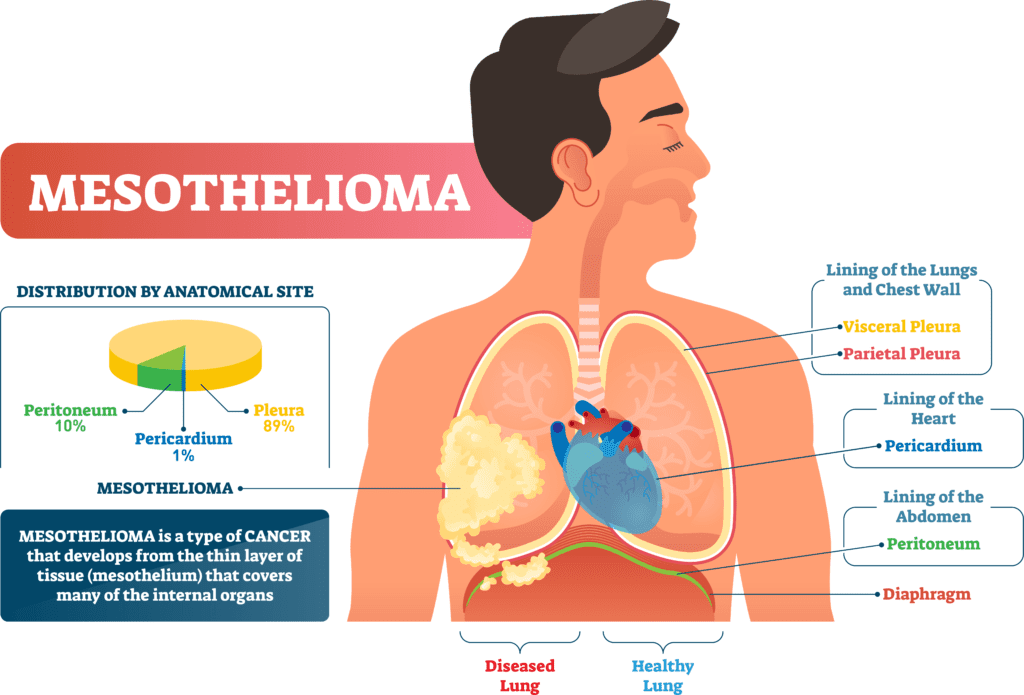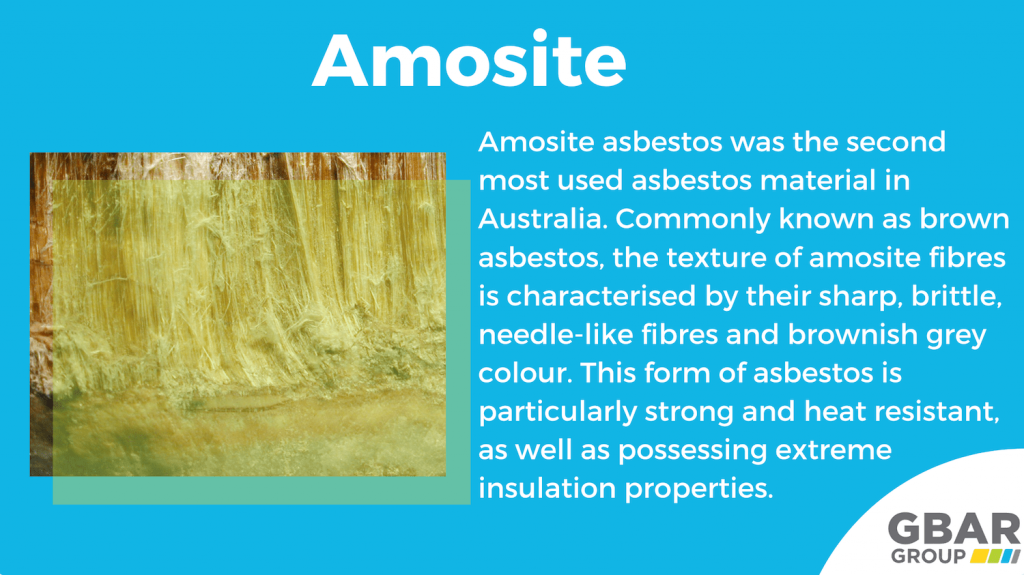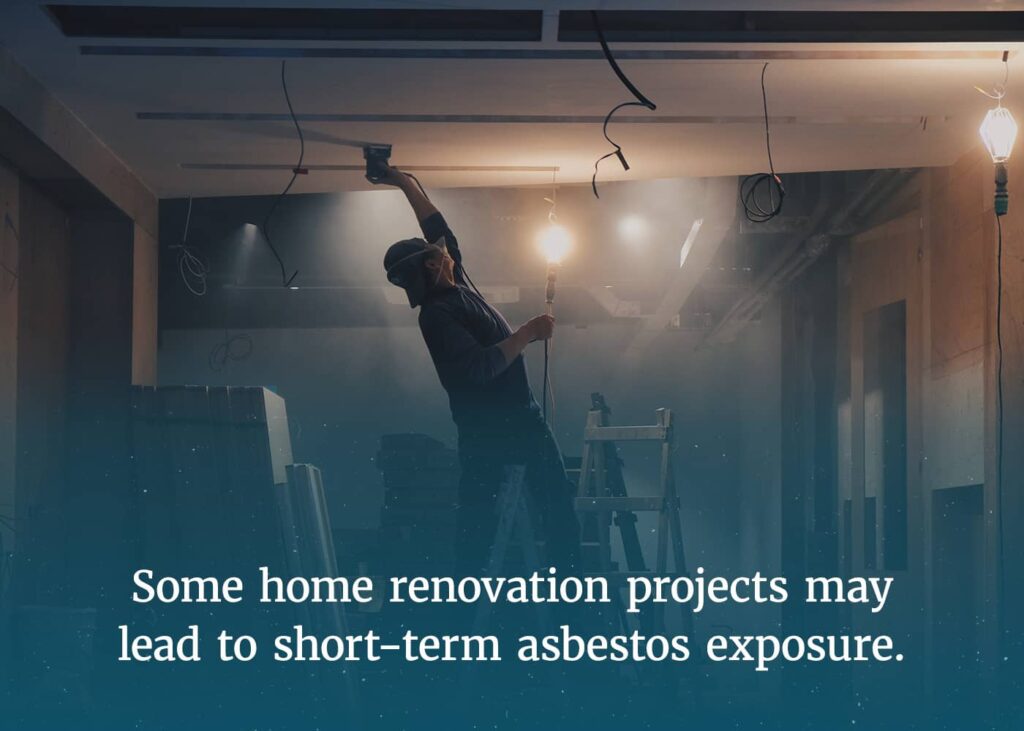Asbestos, a harmful mineral once extensively used in construction and manufacturing, remains a hidden danger in many buildings today. Despite its widespread use in the past, identifying asbestos can be a challenging task. From its microscopic size and fibrous nature to its ability to blend in with common building materials, asbestos often goes unnoticed. In this article, we will explore the reasons that make asbestos difficult to spot and discuss the importance of taking proactive measures to ensure safety in our living and working environments.


Lack of Awareness and Education
Asbestos Dangers
Asbestos, a naturally occurring mineral, has been widely used in various industries for its desirable properties such as heat resistance and durability. However, it poses serious health risks when its fibers are released into the air and inhaled. These tiny fibers can become lodged in the lungs, leading to long-term health issues, including lung cancer, mesothelioma, and asbestosis. Despite the well-established dangers of asbestos exposure, there is a lack of awareness and education about its risks among the general population.
Misconceptions and Lack of Knowledge
One of the reasons why asbestos is hard to spot is the prevalence of misconceptions and a general lack of knowledge about its presence in our surroundings. Many people mistakenly believe that asbestos is a thing of the past and no longer poses a threat. This misconception stems from the ban on asbestos production in many countries and the decrease in its use in certain industries. However, asbestos-containing materials still exist in countless buildings, homes, and infrastructure. Without proper awareness, individuals may unknowingly expose themselves to asbestos fibers and put their health at risk.
Variety of Forms and Applications
Different Types of Asbestos
Asbestos comes in various forms, each with its own unique properties and applications. The most common types of asbestos are chrysotile (white asbestos), amosite (brown asbestos), and crocidolite (blue asbestos). These different types have varying degrees of resistance to heat, chemicals, and electricity, making them suitable for different industries and products. The diversity of asbestos types makes it more challenging to identify its presence accurately, as each type may require specific testing methods.
Variety of Products and Materials
Asbestos has been extensively used in a wide range of products and materials due to its versatile properties. From construction materials such as insulation, roofing, and floor tiles to automotive parts, textiles, and even household appliances, asbestos has found its way into countless everyday items. The sheer range of products and materials in which asbestos has been incorporated makes it difficult for individuals to identify and avoid exposure without specialized knowledge or proper testing.


Small Particle Size and Color
Microscopic Nature of Asbestos Fibers
Asbestos fibers are incredibly small, measuring only a few micrometers in width. These microscopic fibers can easily become airborne when materials containing asbestos are disturbed, such as during renovation or demolition work. Due to their small size, asbestos fibers can linger in the air for an extended period, making them hard to detect visually. Without the aid of specialized testing equipment, it is nearly impossible to identify the presence of asbestos fibers with the naked eye.
White, Gray, and Brown Asbestos
Asbestos fibers come in different colors, with the most common types being white, gray, and brown. While some people may associate asbestos with a distinct blue color, blue asbestos (crocidolite) is less commonly used in building materials and is generally associated with industrial applications. White and gray asbestos (chrysotile and amosite) are more prevalent, particularly in construction materials. The color variation further adds to the difficulty of identifying asbestos, as certain materials may contain hidden asbestos fibers of different colors.
Hidden Locations and Encapsulation
Hidden Asbestos-Containing Materials
Asbestos-containing materials are not always easily visible or identifiable. In many cases, asbestos is concealed within the building’s structure or hidden behind walls, ceilings, or under layers of flooring. For example, asbestos fibers may be present in insulation, pipes, ductwork, or even behind vinyl floor tiles. This hidden nature of asbestos makes it challenging for individuals to spot and exposes them to potential risks during renovation or maintenance work.
Encapsulation of Asbestos
Even when asbestos-containing materials are identified, removing them entirely may not always be the most viable option. In some cases, encapsulation is preferred, where the asbestos is sealed or covered to prevent its fibers from being released into the air. Encapsulation can involve applying a protective coating or enclosing the asbestos-containing material in a specially designed enclosure. The presence of encapsulated asbestos makes it even more challenging to detect and remove, as it may not be visible or obvious without specialized testing and inspection.


Long Latency Period and Non-Specific Symptoms
20-50 Years of Latency Period
One of the most perplexing aspects of asbestos exposure is its long latency period, which can range from 20 to 50 years or even longer. This means that individuals who have been exposed to asbestos may not experience any health issues or symptoms until decades later. The prolonged lag between exposure and the development of disease makes it incredibly difficult for individuals to associate their health problems with past asbestos exposure. It also makes it challenging for healthcare professionals to diagnose asbestos-related diseases accurately.
Non-Specific Symptoms of Asbestos Exposure
When symptoms of asbestos-related diseases do manifest, they are often non-specific and can easily be attributed to other causes. Common symptoms include coughing, shortness of breath, chest pain, and fatigue, which can be indicative of various respiratory or aging-related conditions. As a result, individuals may not seek medical attention specifically for asbestos-related symptoms, further delaying the appropriate diagnosis and subsequent treatment.
Similarity to Other Materials
Resemblance to Common Building Materials
Asbestos fibers can bear a striking resemblance to other commonly used building materials, such as fiberglass, cellulose, or mineral wool. Without proper testing, it is challenging to differentiate between these materials and determine if they contain asbestos. The similarities in appearance make it easier for asbestos-containing materials to go unnoticed, as individuals may assume they are working with a harmless substitute or overlook the potential presence of asbestos entirely.
Mistaking Asbestos for Other Substances
Another reason why asbestos is hard to spot is the possibility of mistaking it for other substances. For instance, vermiculite insulation, a material often found in older homes, can be mistaken for harmless pebbles or soil. However, some vermiculite insulation contained asbestos contamination. Without proper testing or documentation, it can be challenging for homeowners or contractors to identify the presence of asbestos and take necessary precautions for safe handling and removal.
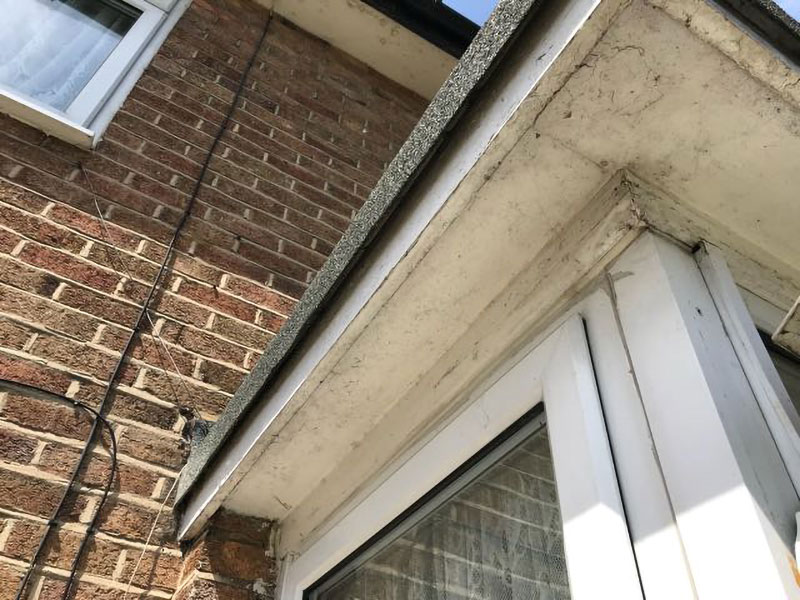

Inadequate Testing and Sampling
Difficulties in Identifying Asbestos
Identifying asbestos requires specialized testing methods and equipment that are not readily available to the average individual. Asbestos fibers can be present in materials in low quantities, making their detection more challenging. Additionally, visual inspection alone is insufficient to determine the presence of asbestos since fibers may not be visible to the naked eye. Adequate testing and sampling by trained professionals are necessary to accurately identify asbestos-containing materials.
Reliance on Visual Inspection
In many instances, the identification of asbestos relies heavily on visual inspection. This approach can be highly unreliable, as asbestos fibers are often microscopic and invisible to the naked eye. Visual inspection alone may overlook or misidentify the presence of asbestos, leading to potential exposure and health risks. Proper testing and laboratory analysis are crucial for a comprehensive assessment of the presence of asbestos in materials.
Poor Labeling and Incomplete Documentation
Lack of Proper Labelling
In the past, proper labeling of asbestos-containing materials was not always enforced or required. As a result, many buildings and homes may have materials that contain asbestos without any clear indication or labeling. This lack of proper labeling makes it challenging for occupants or maintenance workers to identify the presence of asbestos and take appropriate precautions.
Missing or Inaccurate Records
Over time, important records related to the use of asbestos-containing materials may have been lost, damaged, or never created in the first place. This can be particularly problematic in older buildings or structures where information about the presence of asbestos is crucial for safety purposes. The absence of complete and accurate documentation further contributes to the difficulty of spotting asbestos and increases the risk of unintentional exposure.
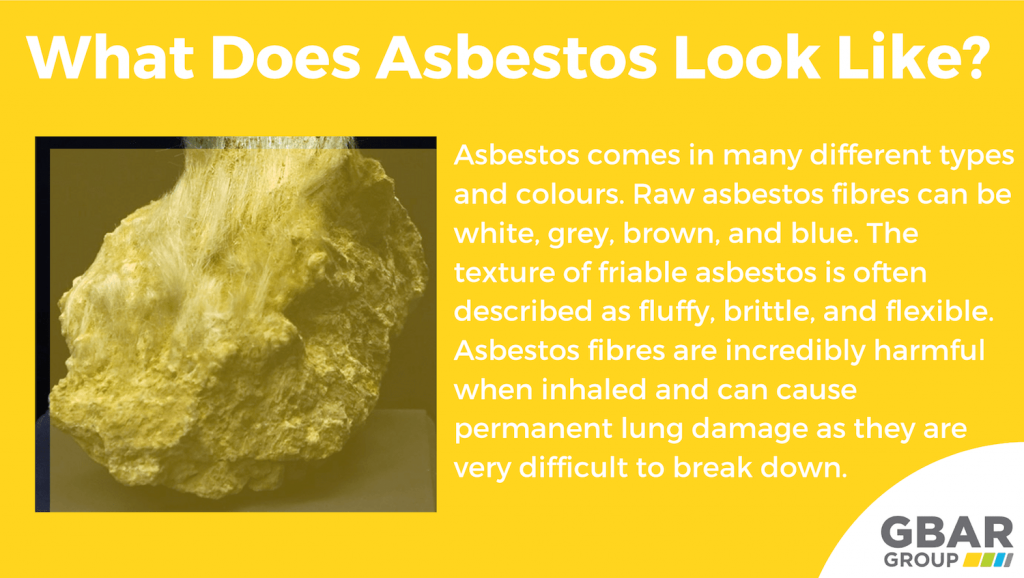

Lack of Proper Regulations and Enforcement
Inadequate Regulation of Asbestos
Although the health risks associated with asbestos have been well-documented, the regulation of asbestos varies widely across different countries and jurisdictions. In some regions, regulations regarding the use, handling, and disposal of asbestos are insufficient or nonexistent. This lack of comprehensive regulation makes it easier for asbestos-containing materials to remain in use, posing a continual health threat to individuals.
Lack of Stringent Implementation
Even in regions with relatively stringent regulations, the enforcement and oversight of asbestos-related practices may be lacking. Insufficient monitoring and enforcement of regulations can result in incomplete or ineffective removal of asbestos-containing materials, allowing them to persist and potentially harm unsuspecting individuals. The lack of stringent implementation of regulations makes it harder for individuals to trust that asbestos has been adequately addressed in their environment.
Costly and Time-consuming Asbestos Removal
Expensive Abatement Process
When asbestos-containing materials need to be removed, the process can be expensive and time-consuming. Asbestos removal requires specialized training, equipment, and safety precautions to minimize the risk of fiber release during the removal process. These measures significantly increase the cost and time required to safely remove and dispose of asbestos. The financial and logistical challenges associated with asbestos removal can deter individuals from taking necessary action, leading to a prolonged presence of asbestos in their environment.
Disruption to Occupied Buildings
Removal of asbestos from occupied buildings can be particularly challenging due to the potential disruption it causes. The removal process often involves sealing off areas, implementing containment measures, and temporarily relocating occupants to ensure their safety. This disruption can be inconvenient, costly, and time-consuming for homeowners, businesses, or organizations. As a result, asbestos removal in occupied buildings may be delayed or postponed, leaving individuals at risk of continued exposure.
In conclusion, asbestos is hard to spot due to various factors, including a lack of awareness and education about its dangers, the diversity of its forms and applications, the small size and color variation of its fibers, the hidden locations and encapsulation of asbestos-containing materials, the long latency period and non-specific symptoms of asbestos-related diseases, the similarity of asbestos to other materials, inadequate testing and sampling methods, poor labeling and incomplete documentation, the lack of proper regulations and enforcement, and the costly and time-consuming process of asbestos removal. It is crucial to increase awareness, educate individuals about the risks, and implement stringent regulations to minimize the presence and exposure to asbestos in our surroundings.


